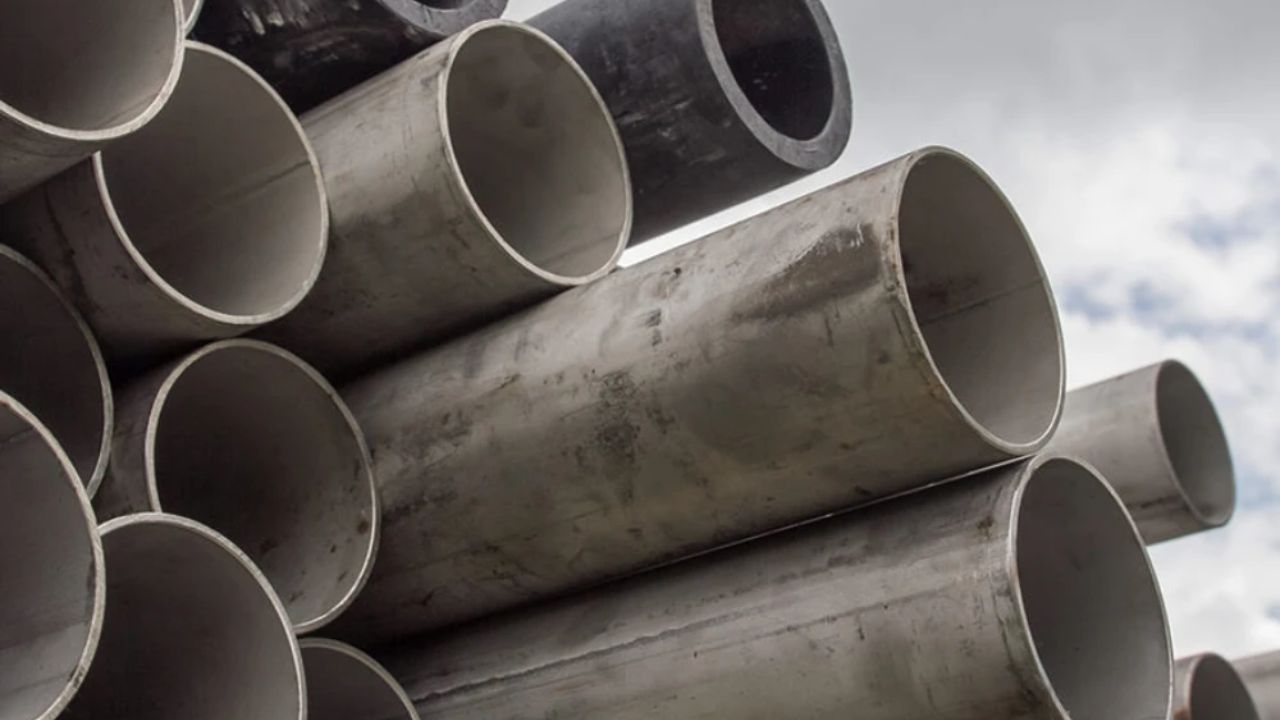Casing pipes are important in the oil and gas industry, and thus they act as a very important structural support of boreholes in drilling activities. These steel pipes also sustain the integrity of the well as well as put in place the prevention of infiltration of unwanted fluids and stabilization of the adjacent formations. Engineers, project managers, and procurement experts should be conversant with the casing pipe size chart to ensure that they select the right product and achieve the best performance. The article provides a detailed description of the sizes, standards, and essential specifications of the casing pipes, including particular attention to the complete possibilities of PandaPipe.
The Role of Casing Pipes
Casing pipes are used in numerous ways during the drilling process. After drilling a well to a specific depth, casing is also installed to hold the bore hole up and to prevent further collapse of the well. It also confines the various underground layers to avoid contamination and the flow of fluids across zones. Casing is a consumable material, and this implies that it will always stay in the well, and thus choice of casing is a very key decision that affects the final safety and efficiency of the whole operation.
General Industry Standards
Casing pipes are produced under strict international standards of consistency, safety, and reliability. Among the best-known specifications is the API 5CT, made by the American Petroleum Institute. PandaPipe closely follows this standard and makes casing pipes, which conform to the mechanical, chemical, and dimensional specifications set out in the API. These are of different grades of steel like K55, H40, R95, and P110, which have the application of the kind of strength and hardness, and the environment they are used.
A Look at the Size Chart
Casing pipe size charts offer all the facts about outer diameter, wall thickness and weight per unit length of each casing pipe. These parameters play a critical role in computation of load-bearing capacity, resistance to pressure and compatibility with well designs. Casing sizes at PandaPipe vary between 4 1/2 inches and 20 inches outer diameter which fits a wide variety of drilling depths and well diameters.
As an example, a 5 1/2-inch casing pipe with a wall thickness of 6.2 mm to 10.54 mm can be used, and the weight of the pipe can be about 20.83 kg/m and 34.23 kg/m. When the outer diameter is enlarged, the wall is also made thicker and heavier to serve the purpose of supporting the structure of the pipe in more severe conditions. The right size is to be chosen based on the depth, pressure and formation of the well.
Value of Wall Thickness and Weight
The thickness of the wall is also a major factor in the strength of a casing pipe and its capacity to resist internal and external pressure. The walls should be thicker, which adds more resistance and weight that may lead to the transport and installation logistics. PandaPipe allows every casing pipe, no matter its size, to be made to high tolerances and with a uniform wall thickness to avoid weak areas and allow safe operations under pressure.
Another important factor of the specification chart is the nominal weight per foot or meter. This weight comprises the weight of the pipe and the weight of the thread and coupling, and provides the engineers with a precise value with which to design support systems and lift equipment. PandaPipe gives accurate information on these weights to assist the customers in their planning and implementation steps.
The Types of End Processing
Another specification to put in consideration is the type of end processing. Pipes can have various types of threads, and the most common are the long round thread (LTC), short round thread (STC), or buttress thread (BTC) depending on the strength of the seal necessary and the type of connection. PandaPipe has a wide range of end-processing options so that the connection is leak-proof and has secure fittings that meet the demands of industry.
Customization / Flexibility
Though the standard size charts are a good guide, most of the drilling activities need pipes that have been specifically designed to suit specific environments. PandaPipe is aware of this and provides the flexibility of customization according to the requirements of the projects. Customers may order special wall thicknesses, steel grades, and end processing to fit geological conditions, drilling depth, and anticipated pressure ranges. Such a degree of customization increases safety, avoids malfunctions of equipment, and leads to effective exploration of resources.
Conclusion
Selecting the right casing pipe is a combination of several technical factors. Engineers need to consider the strength, size, and pressure capacity that is needed, not including the geological buildup of the well location. PandaPipe has a vast amount of support for the customer as far as this selection is concerned, as it has size charts which are detailed as well as professional advice, and quality assurance to the customer that every single pipe works as expected.

